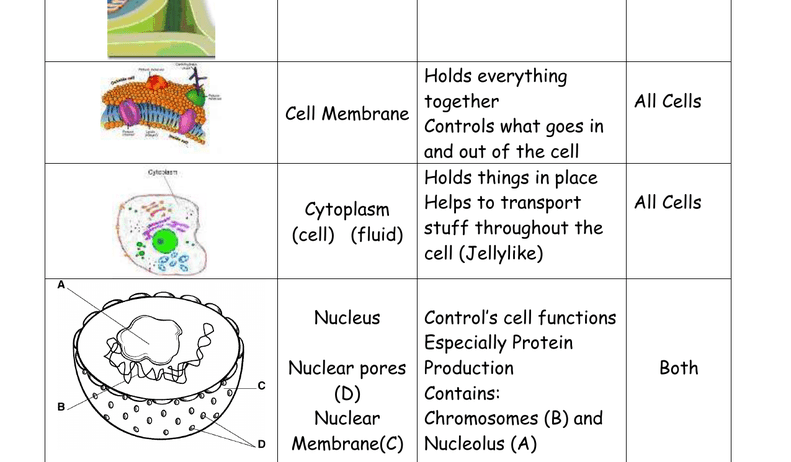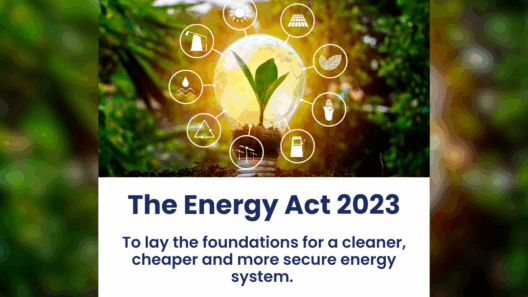In the intricate landscape of biological systems, the cell oftentimes resembles a bustling metropolis, where each organelle plays a pivotal role akin to various departments in a city. As we delve into the inner workings of this microscopic realm, we uncover how these organelles contribute to the conservation of energy, a concept not merely pivotal for cellular function but also essential for the sustainability of life itself.
Central to the endeavors of energy conservation are the mitochondria, the cell’s powerhouse, reminiscent of a power plant judiciously converting fuel into energy. Mitochondria facilitate the biochemical process of cellular respiration, transmuting glucose into adenosine triphosphate (ATP), the veritable currency of energy within the cell. This process is not only significant; it is the linchpin that sustains life. By optimizing energy output, mitochondria minimize wastage, similar to how energy-efficient technologies reduce excess power consumption in modern infrastructure.
Furthermore, the concept of energy conservation within cellular structures extends beyond mere ATP production. Chloroplasts, the verdant organelles found in plant cells, serve as captivating reminders of the solar prowess of nature. These organelles conduct photosynthesis, transforming sunlight into chemical energy. This incredible feat is both a physical and an ecological wonder, allowing for the conversion of radiant energy into a form usable by the plant, subsequently supporting herbivores, carnivores, and ultimately all forms of life on Earth. The efficiency of chloroplasts in this energy metamorphosis demonstrates a profound understanding of conservation principles, showcasing how organisms can harness renewable resources for survival.
Meanwhile, the endoplasmic reticulum (ER) plays a multifaceted role in managing energy and resources within the cell. Acting as a network of membranes, it is involved in the synthesis of proteins and lipids and is pivotal in the distribution of energy-rich molecules. The smooth ER, notably devoid of ribosomes, is integral in lipid synthesis, creating phospholipids and steroids that contribute to cellular membranes and energy storage. By maintaining a balance between production and consumption, the ER exemplifies the principles of sustainability within cellular functions, ensuring that energy is neither squandered nor exhausted. It is akin to an efficient supply chain, maintaining a delicate equilibrium that fuels cellular operations.
Yet, to delve deeper into the realm of cellular energy conservation necessitates acknowledgment of the lysosomes, the intrepid custodians of cellular metabolism. These organelles are equipped with an arsenal of enzymes designed to dismantle macromolecules and digest cellular debris. By recycling and repurposing materials, lysosomes embody the circular economy within cellular confines. Rather than permit extraneous matter to accumulate or perish, they function as recyclers, conservatively deploying resources to sustain cellular vitality. This recycling process is essential; it minimizes energy expenditure on the synthesis of new components, thus allowing cells to operate with an economically sustainable approach.
The Golgi apparatus also plays a crucial role in energy conservation, acting as the cell’s shipping and receiving hub. Following the synthesis of proteins and lipids in the endoplasmic reticulum, the Golgi apparatus modifies, sorts, and packages these molecules for transport. This organelle ensures that energy utilized in the synthesis process is not wasted on misdirected or excess products. Like a well-organized distribution center, it optimizes the allocation of energy-rich materials, ensuring that cells receive precisely what they need, when they need it.
Moreover, the concept of a cellular energy economy extends to the impact of organelle interactions. Each organelle communicates and collaborates, creating a symbiotic network that efficiently monitors and optimizes energy expenditure. For instance, signals from the mitochondria can influence the functioning of the endoplasmic reticulum, thereby controlling lipid production and maintaining energy reserves. Such intricate interactions illustrate a higher order of ecological consciousness within the cell, where energy conservation is a unifying theme, reflecting the interconnectedness of all cellular life.
Despite the inherent efficiency of organelles, it is vital to acknowledge that the assertion of energy conservation is not without challenges. Environmental stressors such as nutrient scarcity or temperature fluctuations can impede the optimal functioning of these organelles. Under such conditions, cells may experience dysregulation, leading to inefficiencies and, eventually, energy wasting. Adaptive mechanisms, such as autophagy, come into play—where the cell catabolizes its components to sustain critical functions—underscoring the need for resilience in energy management.
Ultimately, understanding the role of organelles in energy conservation is crucial for appreciating the delicate balance that sustains life. By employing a plethora of mechanisms—ranging from efficient energy production in mitochondria to resource recycling in lysosomes—cells exhibit an extraordinary capability for sustainability. As we observe these microscopic entities, we are reminded of larger ecological truths, reflecting the necessity for energy conservation at all levels of existence. From the individual cell to the entire biosphere, the principles of conserving energy resonate through every strand of life, urging us to consider our own practices in sustainability and conservation.
In conclusion, the organelles within a cell offer a remarkable perspective on energy conservation, serving as instructive models for sustainable practices. They inspire a reverence for natural efficiency and remind us that even in the minutia, there exists an intricate design orchestrating the conservation of essential resources. As stewards of our environment, let us draw parallels from these cellular processes, embracing the ethos of conservation to ensure a sustainable future for generations to come.








